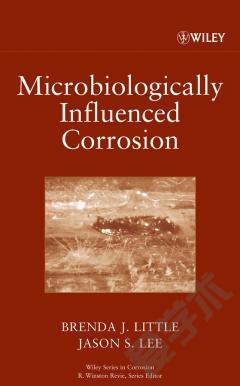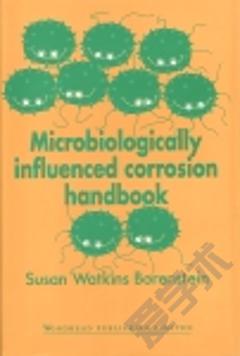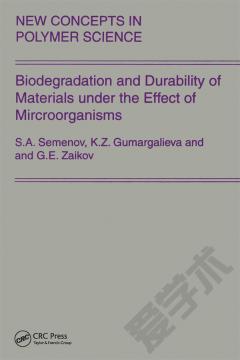Microbiologically Influenced Corrosion
Abstract : The term microbiologically influenced corrosion (MIC) is used to designate corrosion due to the presence and activities of microorganisms, i.e., those organisms that cannot be seen individually with the unaided human eye, including microalgae, archaea, bacteria, and fungi. Microorganisms can accelerate rates or partial reactions in corrosion processes or shift the mechanism for corrosion. Microorganisms can influence pitting, dealloying, enhanced erosion corrosion, enhanced galvanic corrosion, stress corrosion cracking, and hydrogen embrittlement. Microbiologically influenced corrosion has been reported for all engineering metal and alloys with the exception of predominantly titanium and high chromium -nickel alloys. It has been documented for metals and nonmetals exposed to seawater, freshwater, distilled/demineralized water, crude and distillate hydrocarbon fuels, process chemicals, foodstuffs, soils, human plasma, saliva, and sewage. The following sections describe the estimated costs of MIC, mechanisms, and causative microorganisms contributing to MIC; techniques for diagnosing, measuring, and monitoring; engineering practices that influence MIC and strategies to prevent or mitigate MIC.
{{comment.content}}








 京公网安备 11010802027623号
京公网安备 11010802027623号